“Combing the hair” – a painting written in the late period of creativity, and when it was created, the artist used several sketches, as well as one of the works
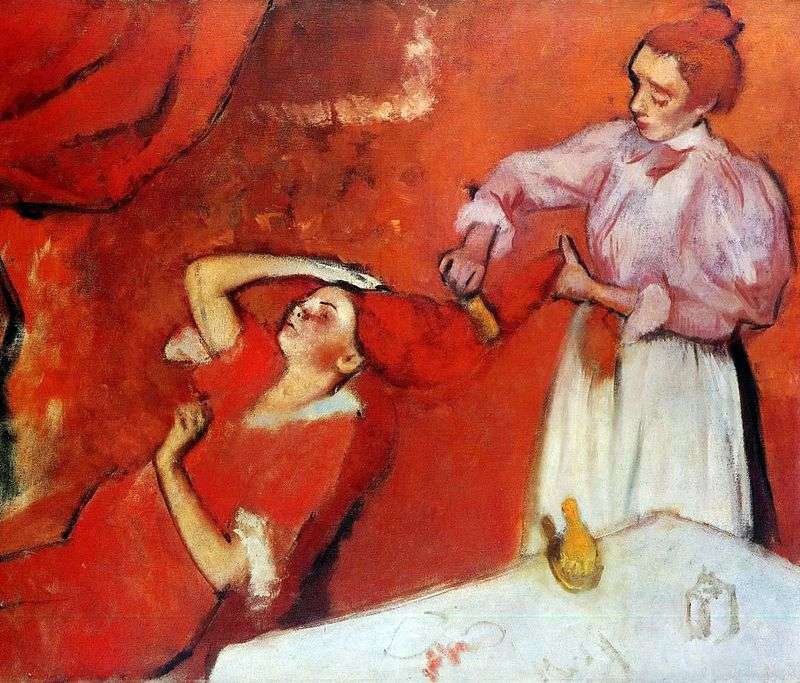

“Combing the hair” – a painting written in the late period of creativity, and when it was created, the artist used several sketches, as well as one of the works
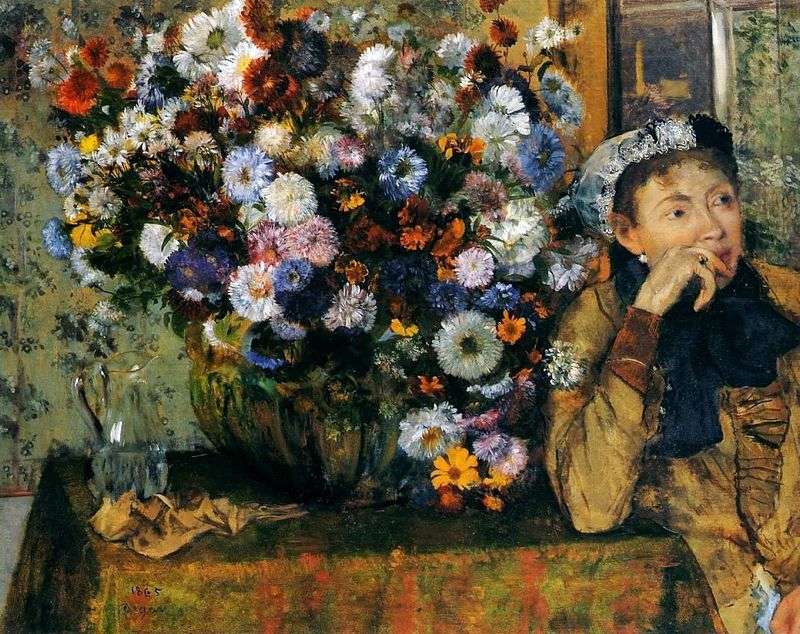
The next picture, which testifies to the growing skill of Degas, is the work “A Woman Sitting in a Vase with Flowers,” where the artist polishes his talent, and at
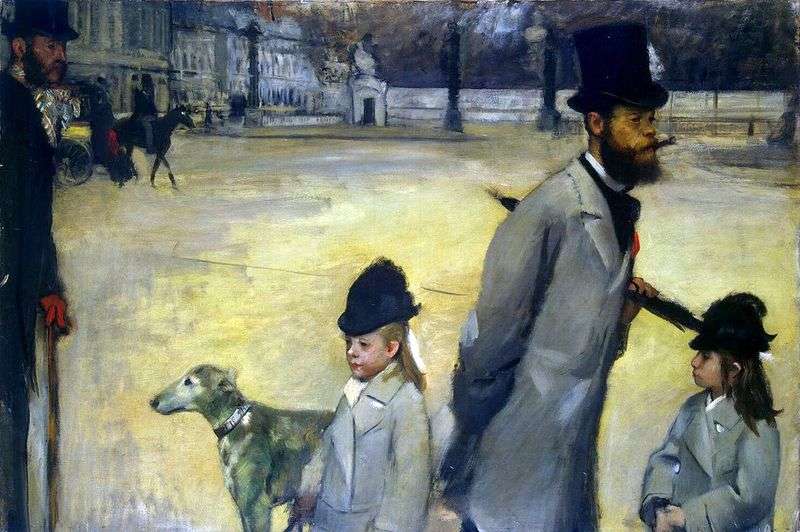
The canvas “The Portrait of Viscount Lepic with Daughters”, also known as “The Square of Concord”, represents both a portrait and an urban landscape, and a sketch made in the
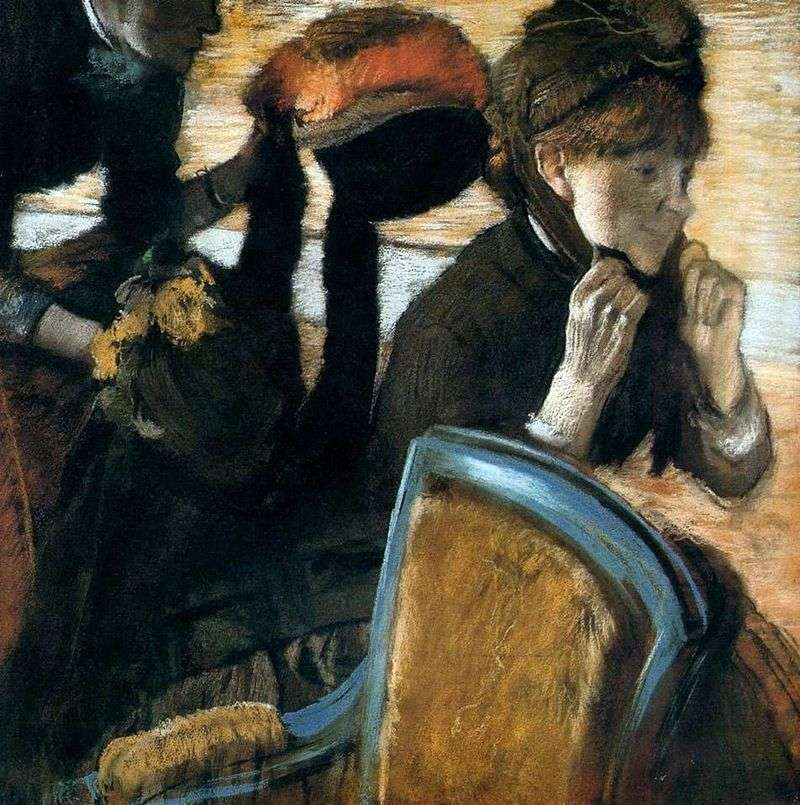
Visitors to hat salons are one of the themes that the artist addressed quite often. The painting “The Modistka”, created around 1882, is considered one of the most famous works
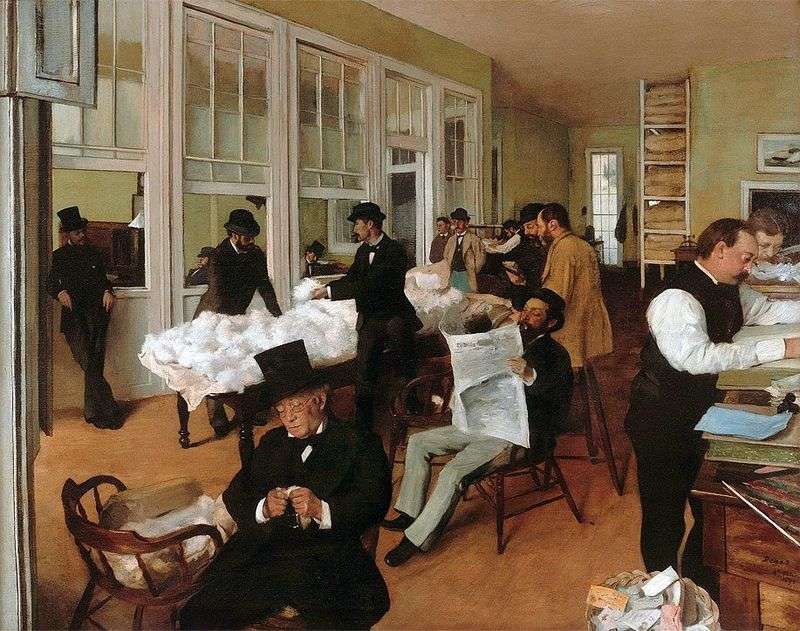
While in America, Degas made an opening for himself, that only after living in the country for a long period, one can study the customs of the people, “his charm”.
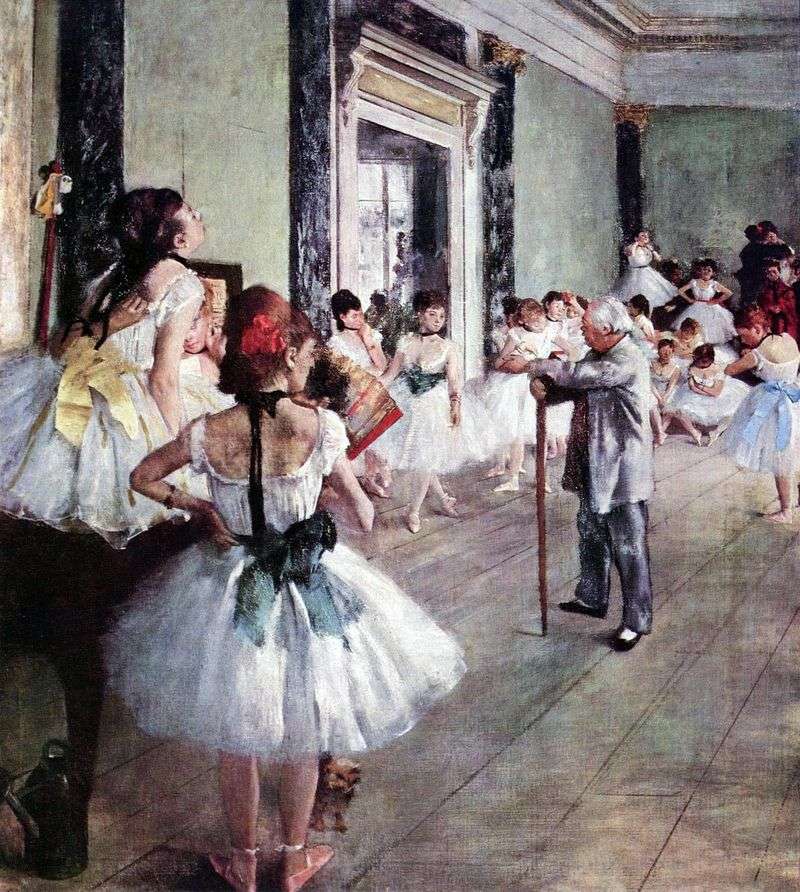
Degas often wrote dancers, their weekdays and performances. The technique of impressionism used by him was the best way to convey airy, static-free images. In the artist’s paintings fragile and

Millineri was a designer and manufacturer of hats. This picture shows a woman studying one of the hats in the store. The transition to factory production has surpassed manual work
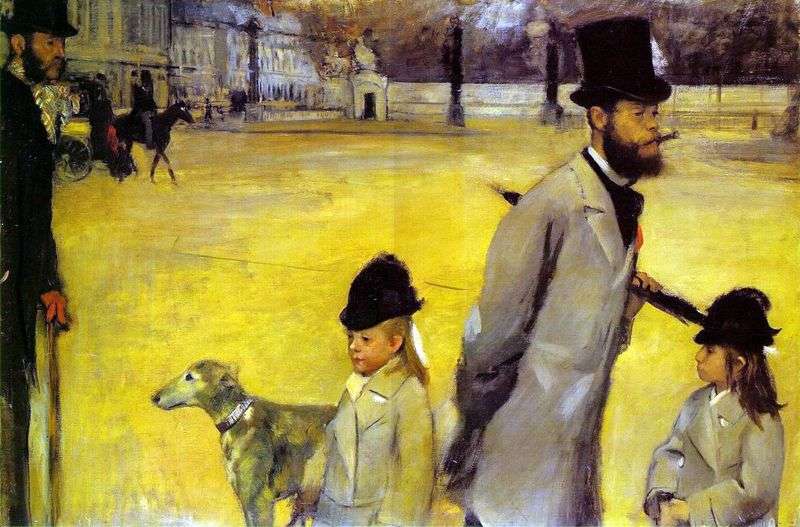
This picture is an important milestone in the development of not only French, but also European painting of the XIX century, primarily because before it anything similar from the point
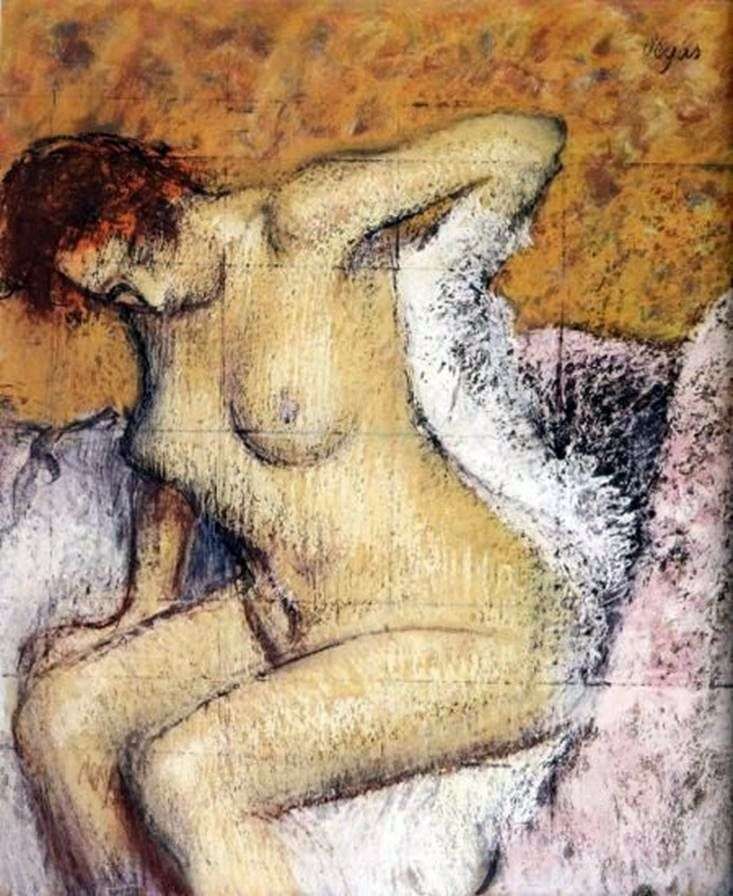
“After the bath” – a small canvas of Impressionist Edgar Degas. This pastel painting – the author’s skate. The drawing is made on thick paper pasted onto the cardboard with
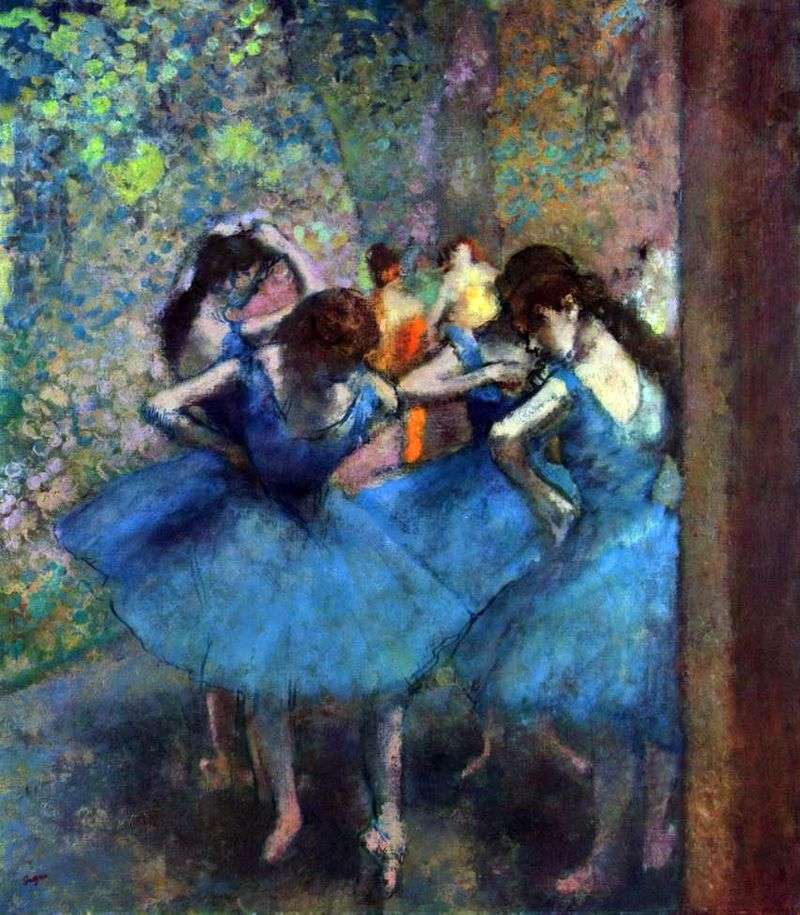
Edgar Degas, a French painter and sculptor, was born in the family of a Parisian banker. He received a brilliant education at the Lyceum of Louis the Great, then studied

Portraits, as a separate chapter in the work of Degas, were mostly created at an early stage of the artist’s career. His father, who believed that portraits are the genre
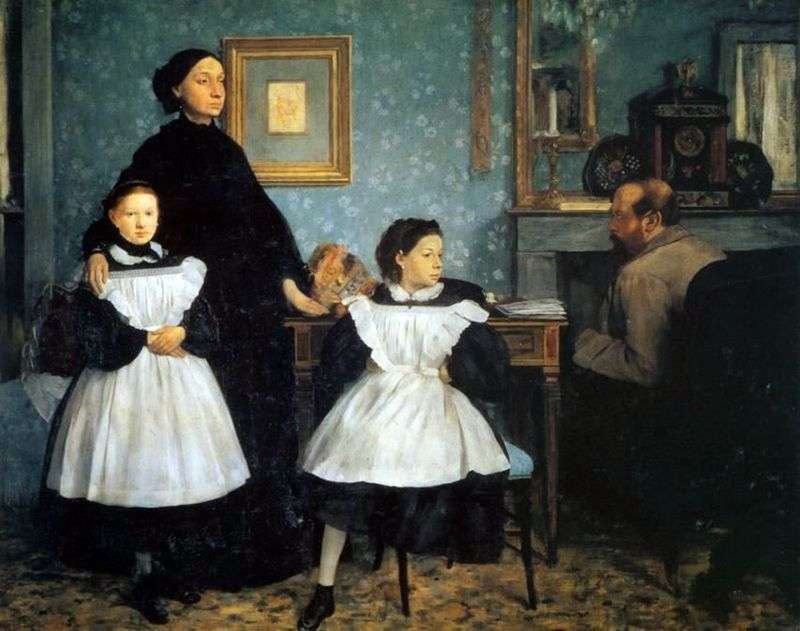
One of the early works of the master depicts his aunt Laura with her husband Gennaro, their daughter Julia and Giovanna. Laura is pregnant and dressed in black, as her

“Blue Dancers» – painting by French impressionist painter Edgar Degas, written in 1897. The work refers to the late stage of creativity by Edgar Degas, when his eyesight weakened and
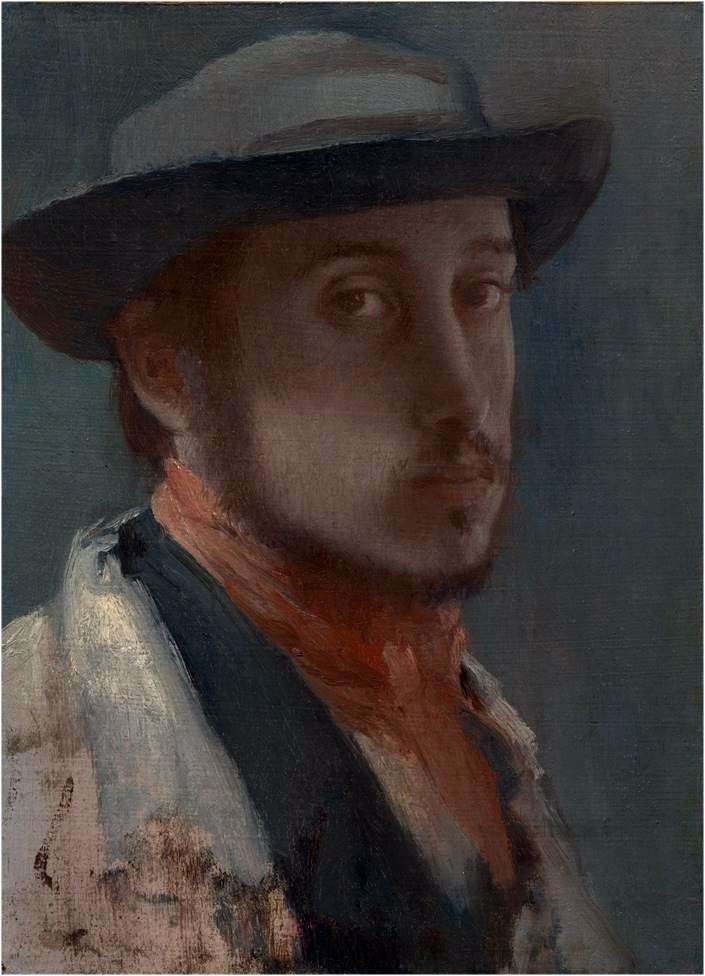
“Self-portrait in a soft hat” – a picture in which Degas is depicted not on a blank neutral background, that he practiced earlier, imitating the great representatives of the Spanish
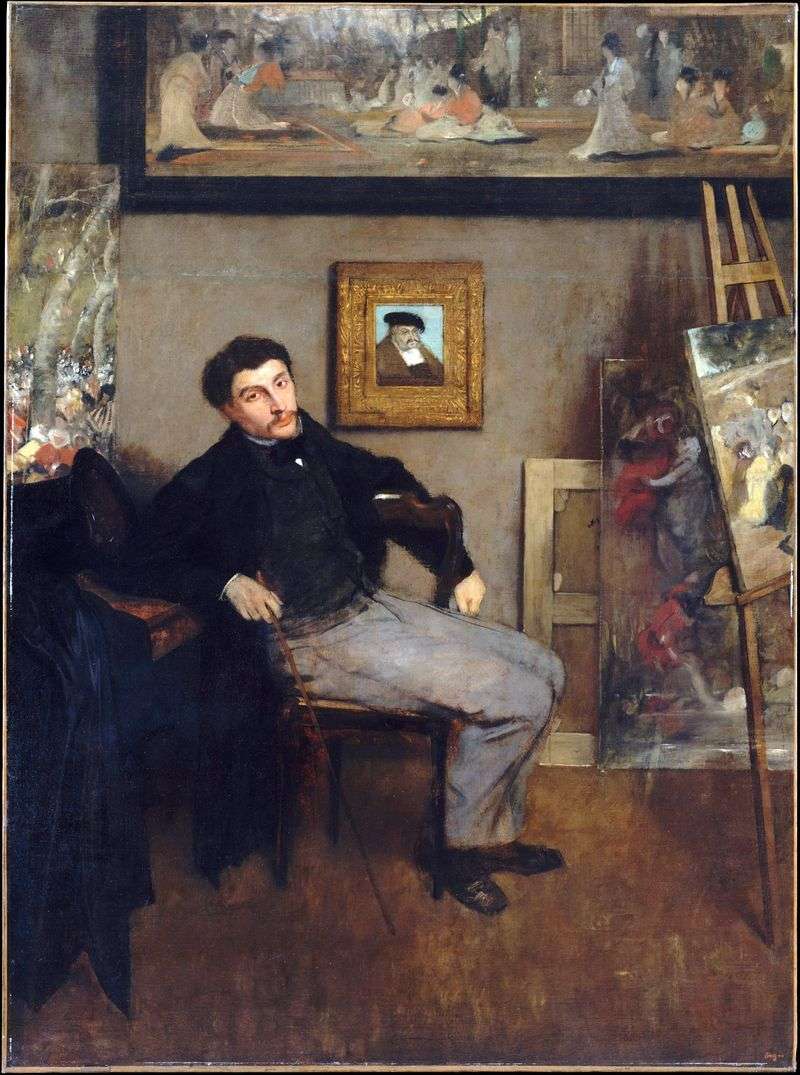
Most of the portraits of Degas wrote at the beginning of his creative career. At first it was portraits of his family members and self-portraits, but later he began to
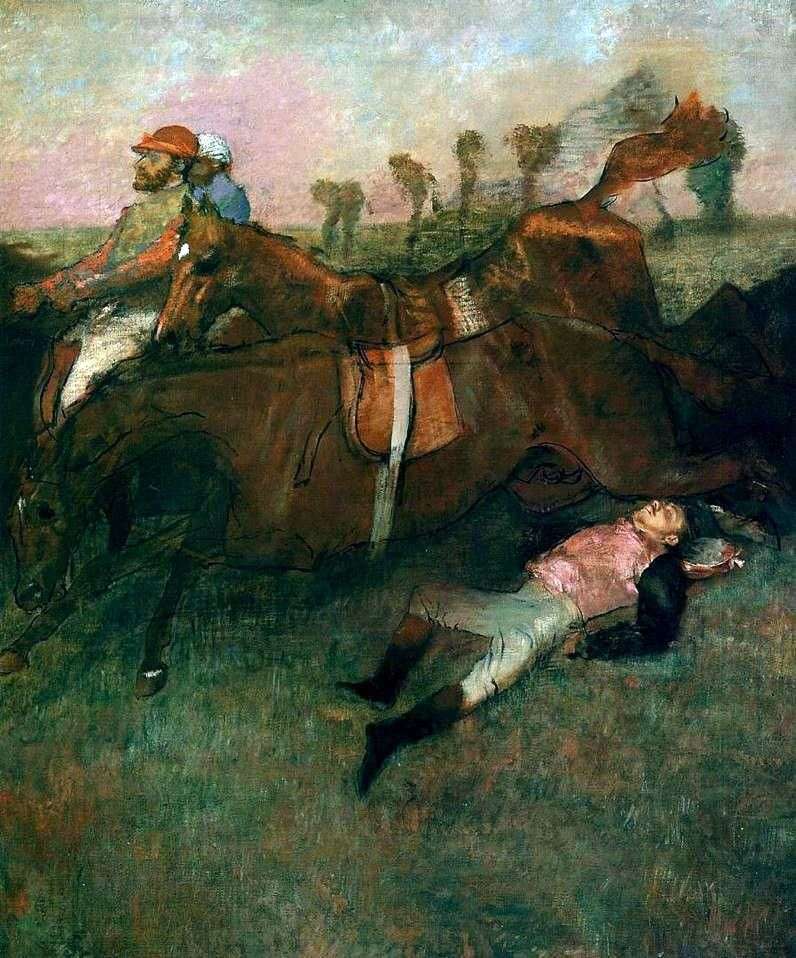
Approximately in 1873, the artist temporarily stopped referring to the topic associated with jumps, and after 1876, only occasionally portrayed stories on this topic. The painting “The Fallen Jockey” is
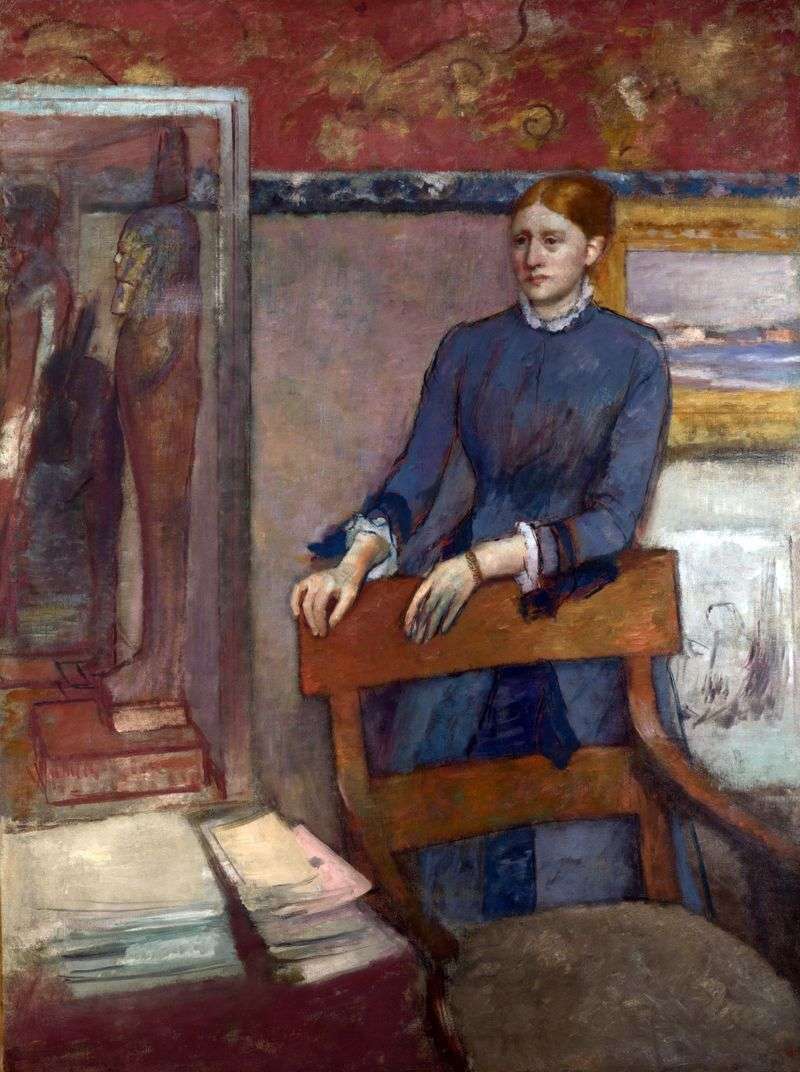
After the 1870s, Degas painted only a few portraits, almost completely moving to pastel. However, this did not prevent him in 1886 to paint with oil a large portrait of

In a similar pose, this model is depicted in the “Resting Dancer” and in the “Lesson of Dance”, for which this pastel, apparently, served as an etude. Lemoine dated both
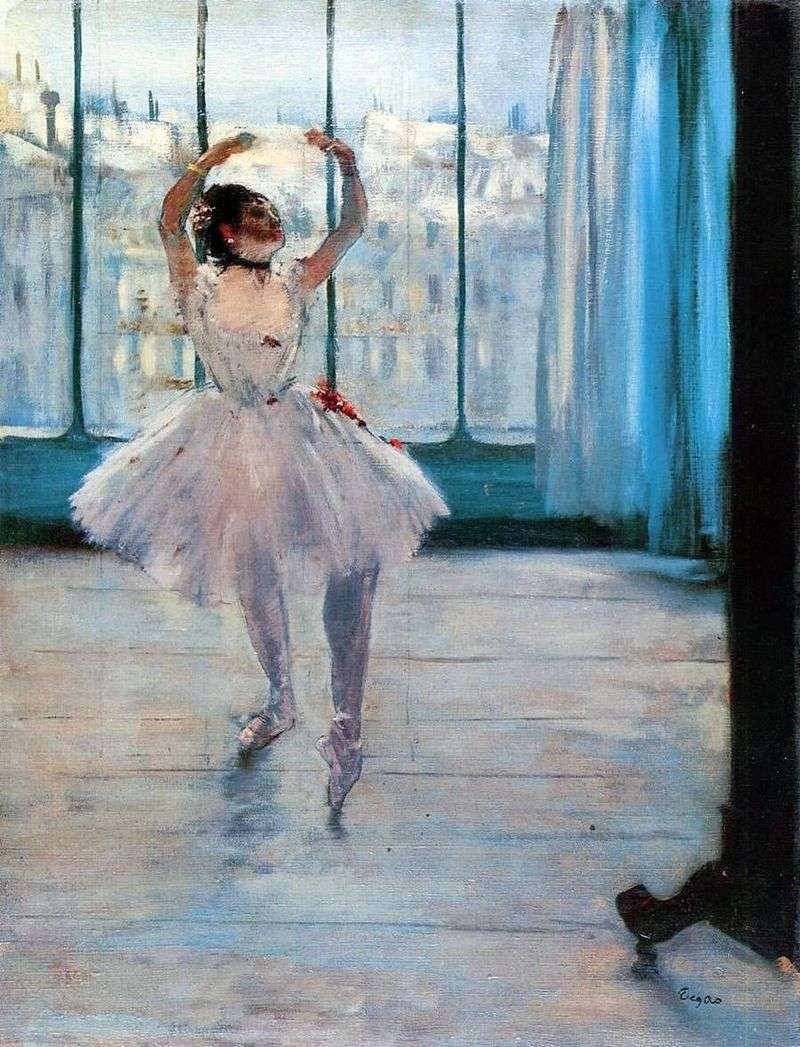
After 1870, Degas almost ceased to paint with oil, and the picture “Dancer with a photographer” presents a rare exception to this rule. The pose of the ballerina was “caught”
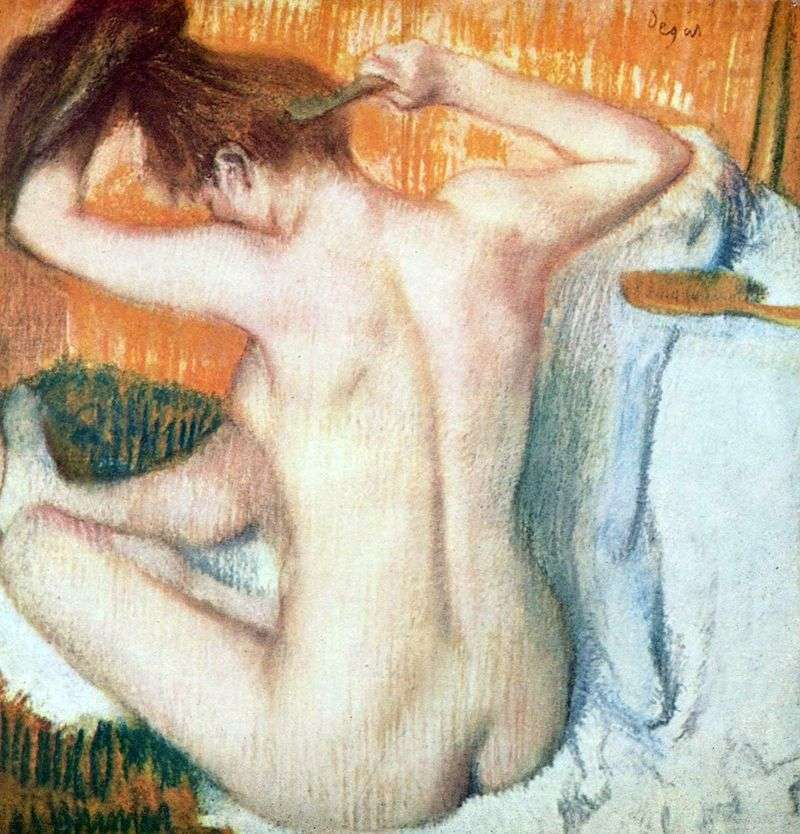
Painting Woman at the toilet The Hermitage holds one of the best “pastel” works of the master – “The combing woman” or “Woman behind the toilet”. A young girl sitting

Degas used a variety of engraving techniques, including etching, for example in an undated self-portrait, as well as a dry needle, aquatint and lithography. He was engaged in a monotype,